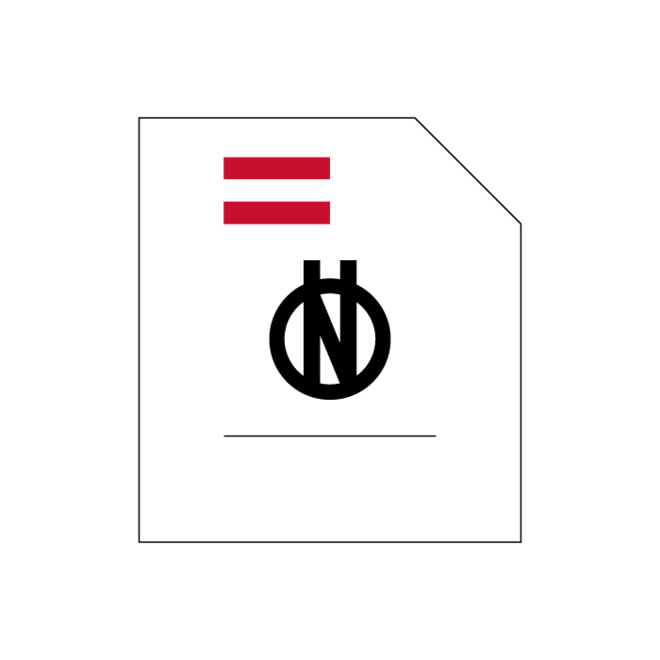Please select and order
€72.72
excl. VAT
CONFIGURE NOW


Norm
ÖNORM EN 12797
Issue date: 2017 08 15
Brazing - Destructive tests of brazed joints
This European Standard describes destructive test procedures and test piece types necessary to perform the tests on brazed joints.
Brazed joints are used in a wide varie...
Read more
Valid
Publisher:
Austrian Standards International
Format:
Digital | 21 Pages
Language:
German
| English
| Download GER/ENG
Optionally co-design standards:
ICS
This European Standard describes destructive test procedures and test piece types necessary to perform the tests on brazed joints.
Brazed joints are used in a wide variety of assemblies and the design requirements placed upon these joints will also vary widely; there will usually be some level of strength required but this may not be explicitly stated and is frequently of minor importance compared to some other criterion, e.g. hermeticity. It follows that a test which measures strength may be totally irrelevant in assessing a joint for a particular application where strength is a minor consideration. This situation is made more complicated because brazed joints are almost invariably designed to be loaded in shear and the dimensions of the joint affect the shear strength to a much greater extent than they do the tensile strength. The tests described in this standard have been used successfully to give information on specific properties and where such information is needed, it is recommended that one of them be specified.
It is vital to recognise that for many fabrications none of these tests will be suitable and specific tests will have to be devised, which do yield the requisite information (which may be qualitative rather than quantitative). The destructive test methods described are as follows:
a) shear tests;
b) tensile tests;
c) metallographic examination;
d) hardness tests;
e) peel test;
f) bend tests.
Details of burst tests are not included as these are not commonly used on brazed joints.
The type of test piece described for each test can be quoted or incorporated in engineering applications standards that deal with brazed assemblies.
The results of the tests are used:
g) to determine basic data regarding filler metal performance;
h) to arrive at optimum brazing designs (including gaps) and brazing procedures;
i) to relate production results to results achieved in development.
This European Standard does not recommend the number of samples to be tested or the repeat tests allowed. Neither does it specify methods of sampling brazed joints, except to give guidance regarding the precautions necessary, nor does it comment on the acceptance criteria applicable to any of the tests.
No attempt is made to define which test or tests, if any, should be applied in any situation. This is a matter to be established before any particular method of test is selected.
